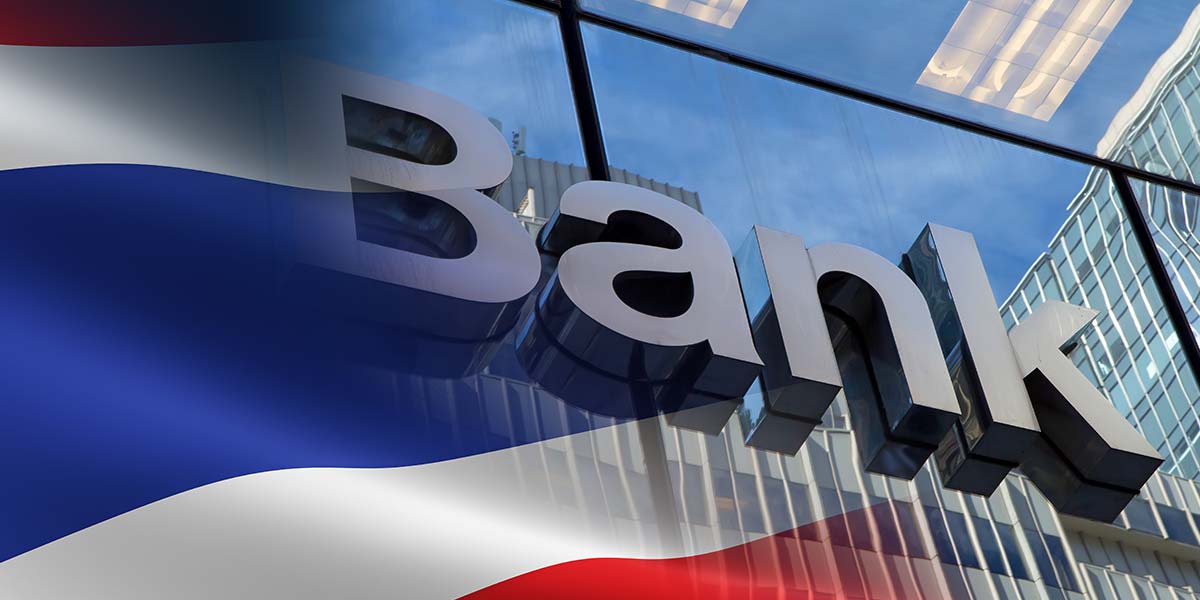As per an analysis by Krungsri Securities (KSS), Thai banks are set to report weaker earnings for the second quarter of 2025, as a host of challenges from narrowing interest margins and sluggish loan growth to rising provisions for bad debt weigh on results.
In 2Q25, aggregate net profit for the seven banks under KSS’ coverage is forecast at 51.5 billion baht, down 4% year-on-year and 12% compared to the previous quarter. The sector is grappling with a drop in net interest margin (NIM), which is projected at 2.89% for the quarter, falling from 3.15% in the same period last year and down from 2.97% in 1Q25.
This contraction is attributed to declining loan yields following a series of policy rate cuts, an increased proportion of low-risk lending, and broader adoption of initiatives such as the “You Fight, We Help” program aimed at easing borrowers’ interest burdens.
Additionally, total loans fell 0.3% quarter-on-quarter, led by softness in SME and retail segments. Non-interest income slipped due to weaker investment and capital market activity.
Provision expenses for expected credit losses (ECL) also edged higher, rising 2% quarter-on-quarter, as persistent economic uncertainties eroded debt-servicing ability among borrowers while non-performing loan (NPL) ratio rose to 3.76% from 3.68% in the first quarter.
Despite these pressures, interim dividends for the first half of the year are anticipated, with yields in the range of 1-3%.
The analyst upholds a ‘Neutral’ rating for the banking sector and emphasizes it as a Value Play, thanks to its attractive dividend yields expected at 6-9% per annum, with Kasikornbank (KBANK) and Krungthai Bank (KTB) highlighted as top-pick stocks.
For 2025, the sector’s net profit is projected to contract by 5% year-on-year to 204 billion baht, as declining NIMs and tighter lending standards take their toll. Total loans are expected to contract by 0.4% over the year, with banks prioritizing risk management and lending to higher-quality segments in an increasingly cautious credit environment.





